Powerful statements, modest means: Robin Rhode’s ’Borne Frieze’ opens at Lehmann Maupin
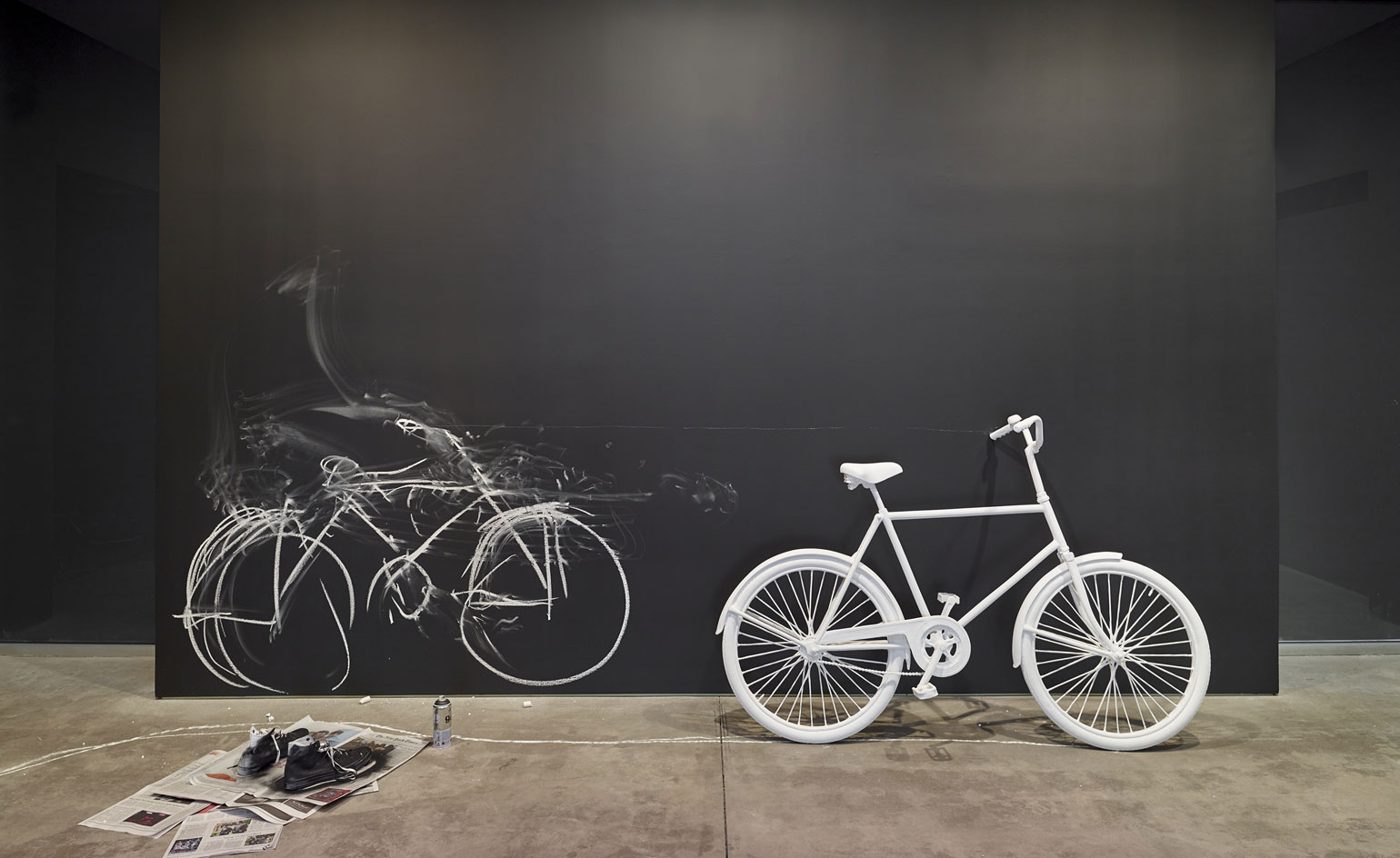
'Exercise goal achieved!' cries Robin Rhode, peering down at the Apple Watch on his wrist and then raising both arms in triumph. 'I did it – phew!' But there's no stopping him. The South African-born, Berlin-based artist is in the midst of an invigorated lap around Lehmann Maupin's Chelsea space, where his third solo exhibition with the gallery – titled 'Borne Frieze' – is on view until 21 August. Loping among the show's four installations, he punctuates rapid-fire comments with claps and snaps, his infectious personal intensity rivalled only by that of his work.
'I wanted to use the architecture of the gallery to create environments for my pieces, so I could work throughout each space, all the way down to the floor,' says Rhode, 39, pausing in the darkened front room filled by Light Giver Light Taker (all works 2015). Two giant lightbulb sculptures made of charcoal and chalk, respectively, lie on the dark grey floor, which bears the whirled traces of Rhode's dragging and pulling of their opaque forms.
Animated by strobe lights, the scene transforms a universal symbol for ideation into outsized drawing tools poised to go another round, evoking the lightbulb-illuminated coal cellar of Ralph Ellison's Invisible Man. Inspirations for the piece include a t-shirt depicting 'Black Inventors and Their Inventions' such as Lewis Latimer, who drafted patent drawings for the likes of Alexander Graham Bell and later improved upon Edison's electric light with carbon filament bulbs. Rhode bought the t-shirt at a New Orleans supermarket in 2007 and frequently wears it while at work in his studio, he explains, 'because in Southern Africa where I'm from, the idea of a black man inventor is totally foreign'.
Unreliable light sources, however, are commonplace in his native country, where an energy crisis fueled by a floundering power monopoly has led to frequent blackouts. 'Issues in Johannesburg – the power cuts – were another point of inspiration for this piece,' says Rhode. 'Light is becoming quite scarce at the moment.'
Another room is devoted to Chalk Bike, for which the walls have been coated in black chalkboard paint and hung with white window frames that open inward to suggest an exterior scene. An actual bike, its steel frame whitewashed in chalk, stands among sketched cycles, and the floor is dotted with newspapers on which sit sneakers darkly haloed in spray paint. The work is a reference to an initiation rite that Rhode recalls from high school: underclassmen were forced to play-act with chalk drawings. 'With this particular environment, the chalk stolen from the classroom and the drawing on the concrete walls of the school now manifests itself into the actual chalk bicycle,' says the artist, who points to the newspaper pages of last week's New York Times as a way of dating the work.
Wafting through the exhibition is the deep, deliberate voice of South African poet and activist Don Mattera, whose dreamy elegy, The Moon Is Asleep, accompanies Rhode's film of the same name. Evoking both Sesame Street and surrealism, the Super 8 footage shows a boy (the artist's son, Elijah) sleeping against a wall that becomes a canvas for a shifting ocean of wavy lines and phases of the moon.
'These low-fidelity materials and techniques – black and white, chalk and charcoal, Super 8 film – are present throughout the show,' says Rhode. 'I'm a firm believer that we can make so many powerful statements by using very modest means.' Exercise goal achieved.

Rhode says, 'I wanted to use the architecture of the gallery to create environments for my pieces, so I could work throughout each space, all the way down to the floor'
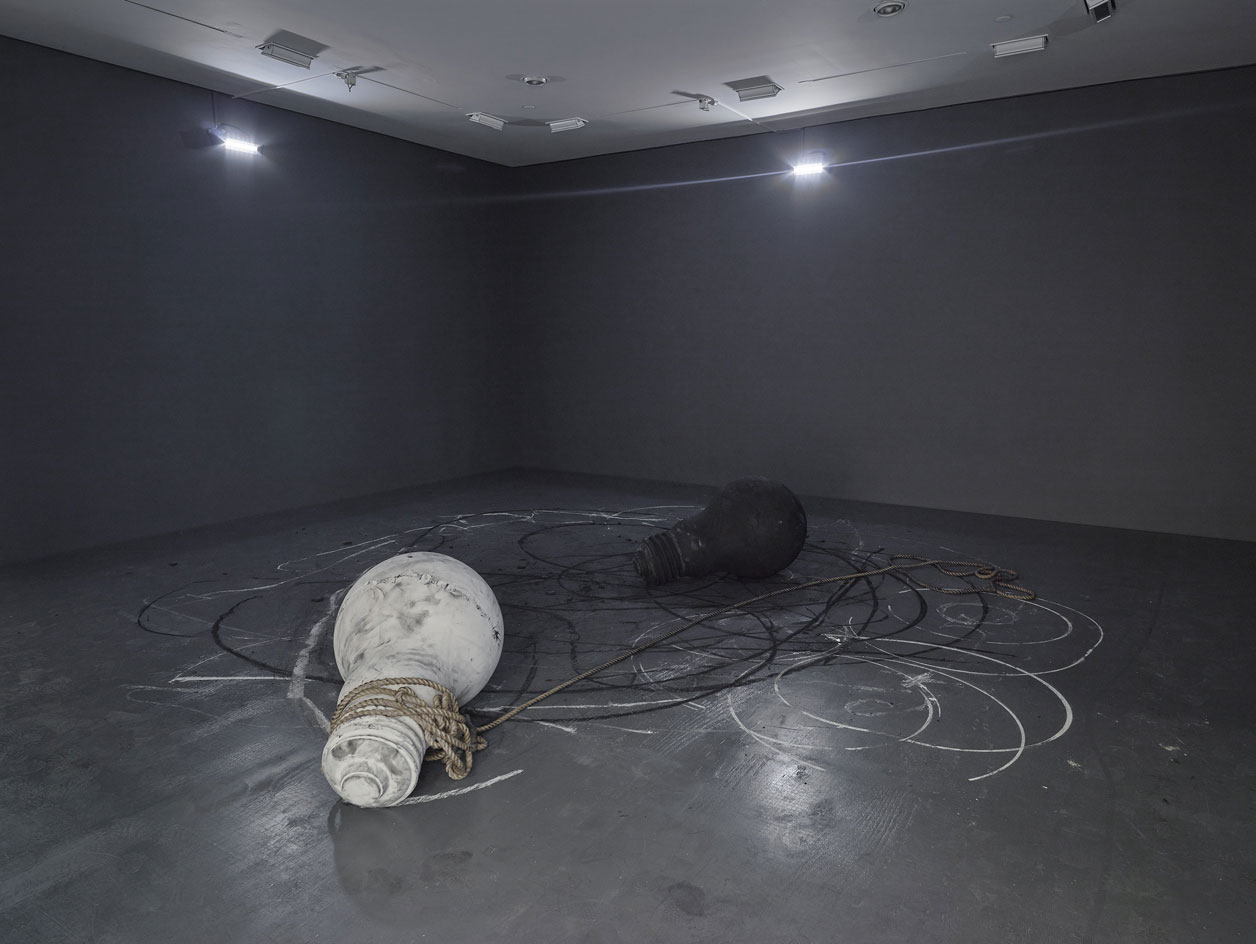
An example of this is Light Giver Light Taker, which factors whirled traces of where Rhode has dragged and pulled the opaque forms of the oversized bulbs across the floor
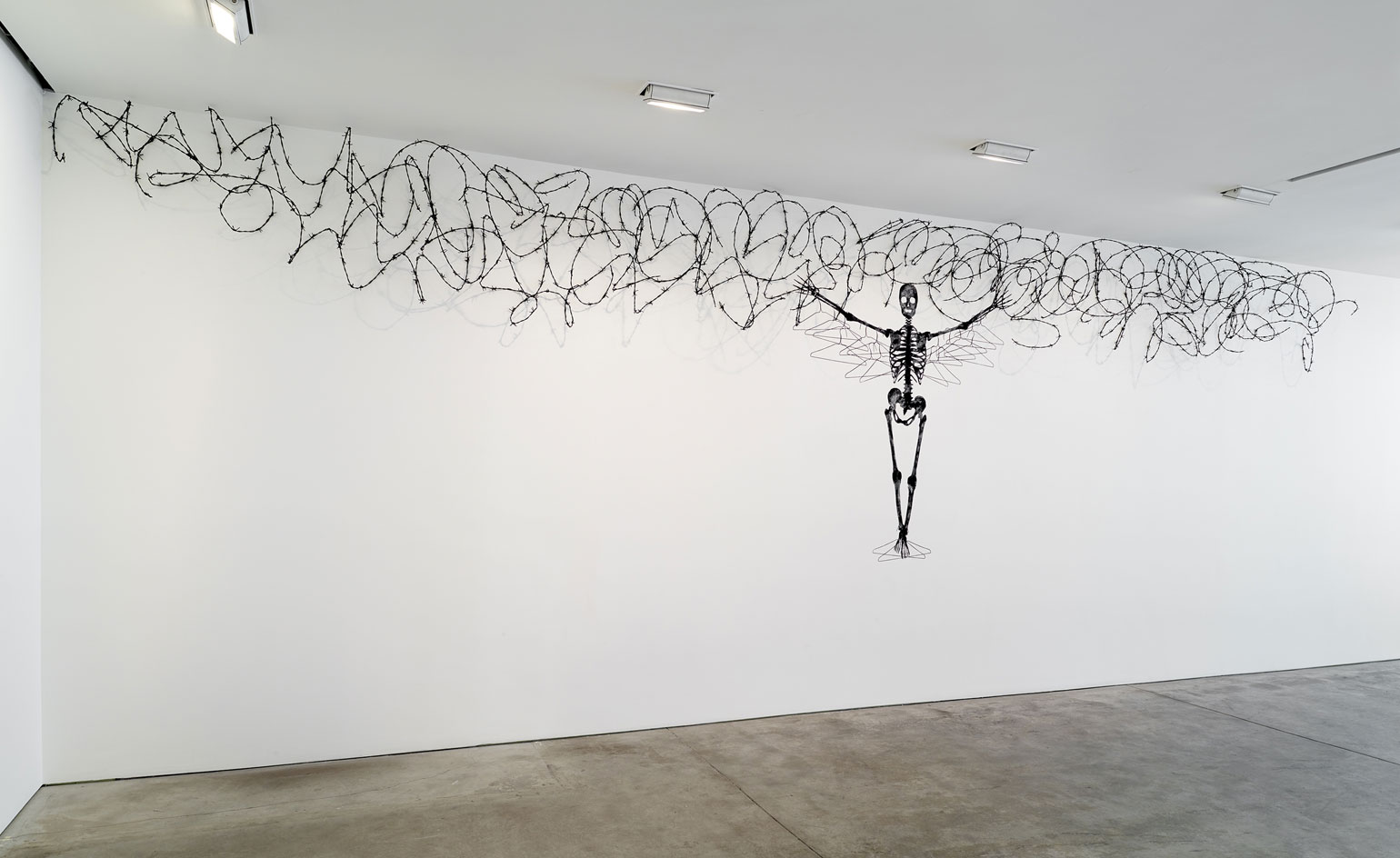
The macabre Evidence is made of vinyl, charcoal, and barbed wire
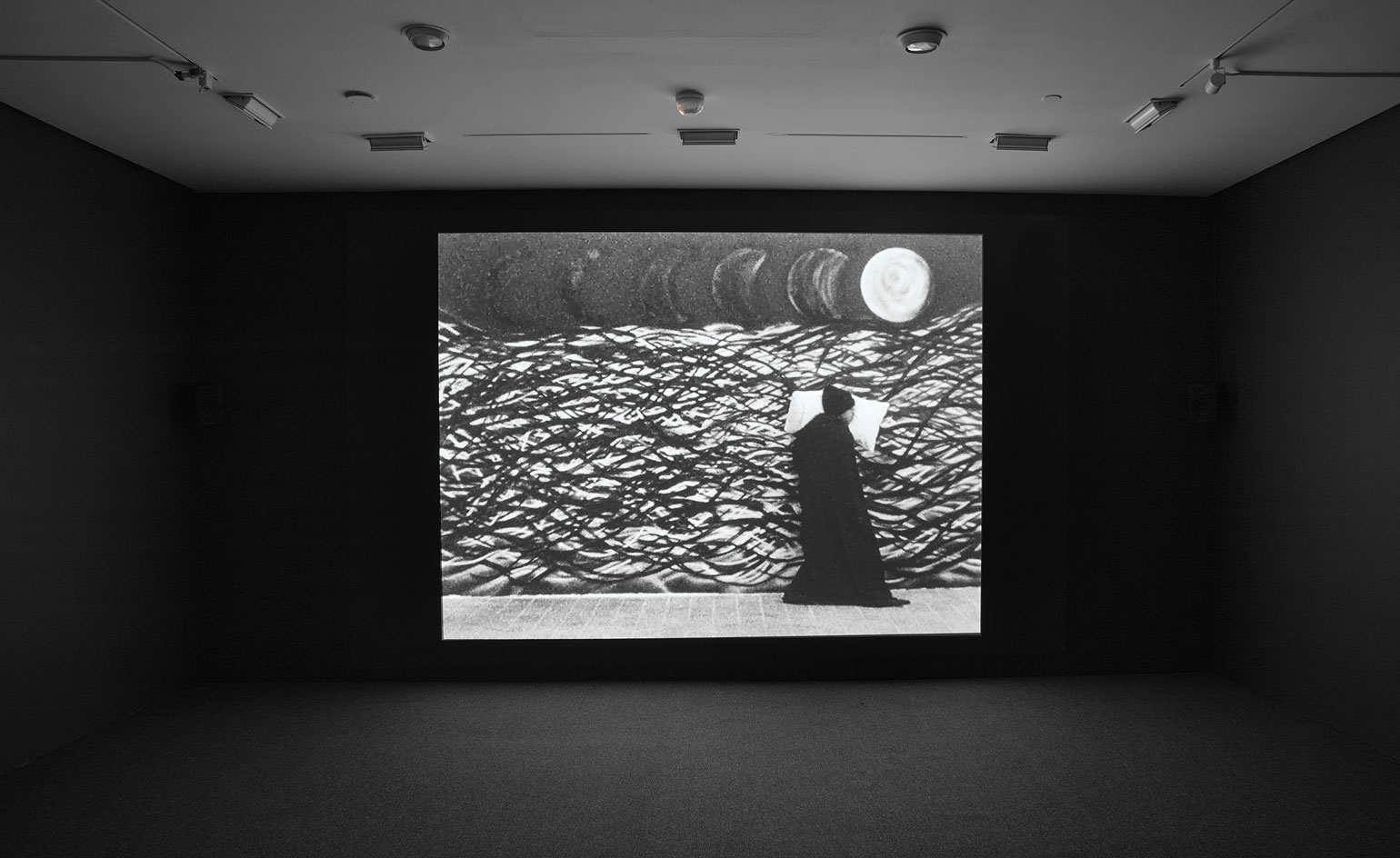
Still from The Moon is Asleep – the Super 8 footage shows a boy (the artist's son, Elijah) sleeping against a wall that becomes a canvas for a shifting ocean of wavy lines and phases of the moon
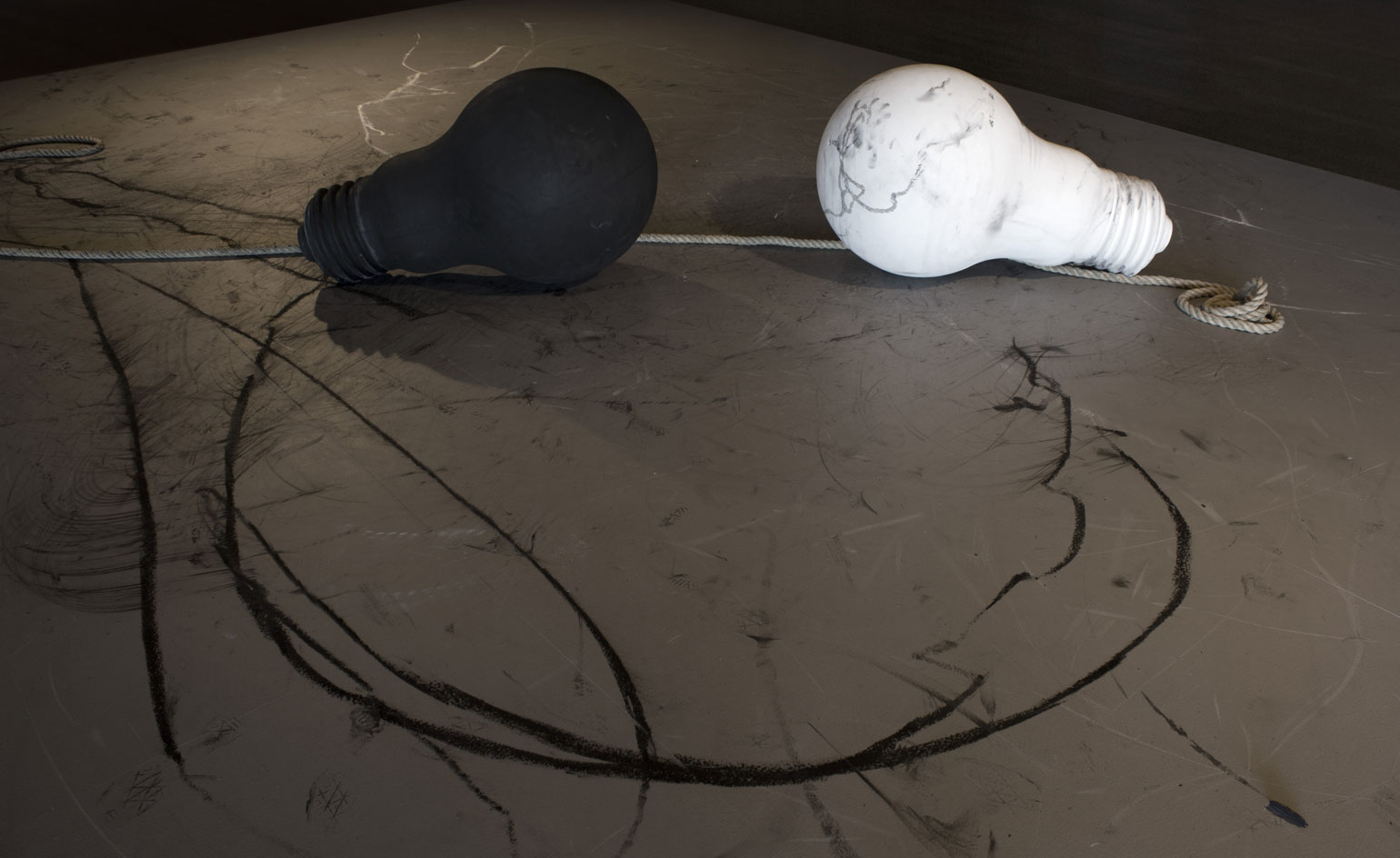
'I'm a firm believer that we can make so many powerful statements by using very modest means,' Rhode explains
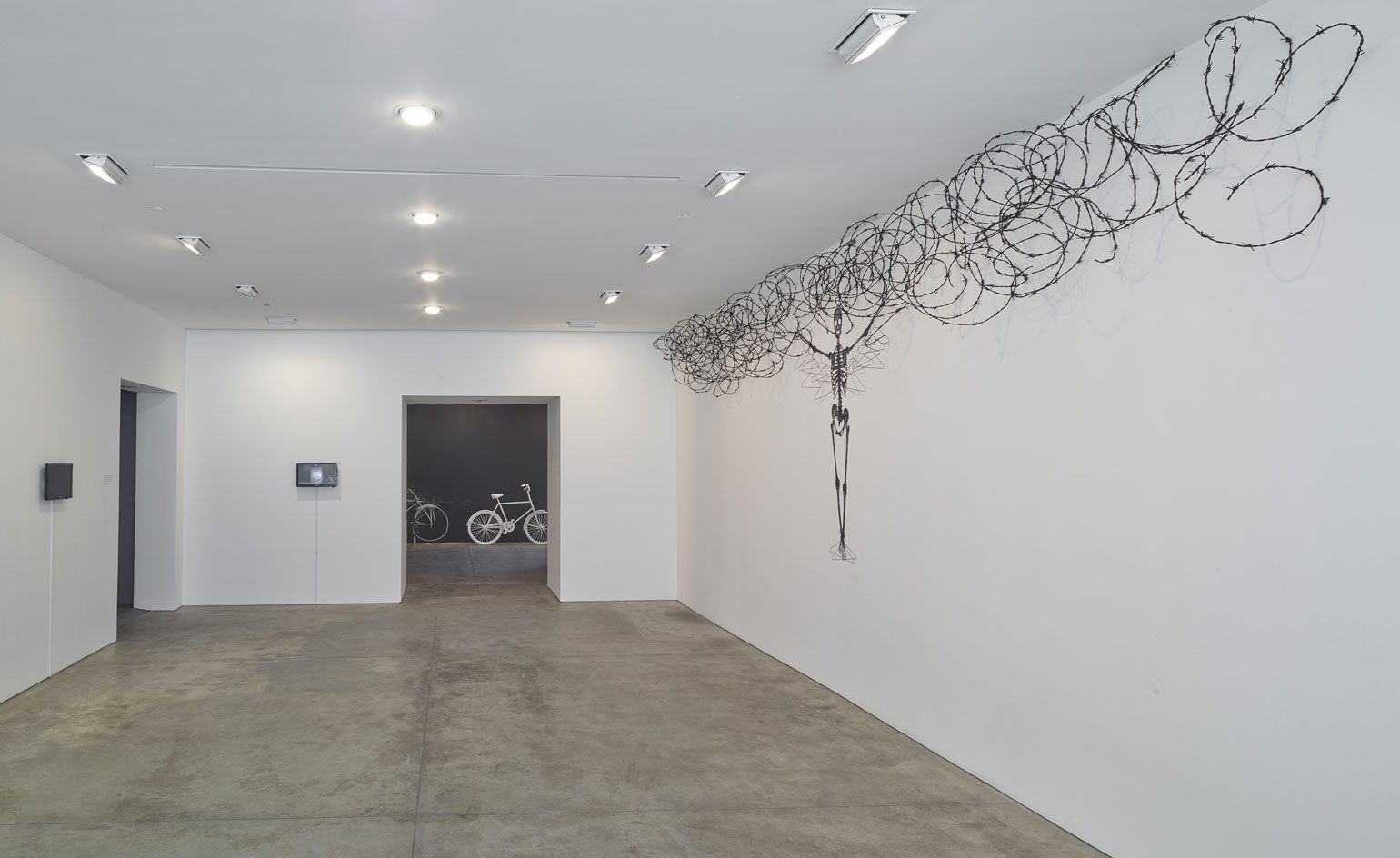
'Borne Frieze' will remain on show until 21 August
ADDRESS
Lehmann Maupin
536 W 22nd St,
NY 10011, New York
Receive our daily digest of inspiration, escapism and design stories from around the world direct to your inbox.
Stephanie Murg is a writer and editor based in New York who has contributed to Wallpaper* since 2011. She is the co-author of Pradasphere (Abrams Books), and her writing about art, architecture, and other forms of material culture has also appeared in publications such as Flash Art, ARTnews, Vogue Italia, Smithsonian, Metropolis, and The Architect’s Newspaper. A graduate of Harvard, Stephanie has lectured on the history of art and design at institutions including New York’s School of Visual Arts and the Institute of Contemporary Art in Boston.
-
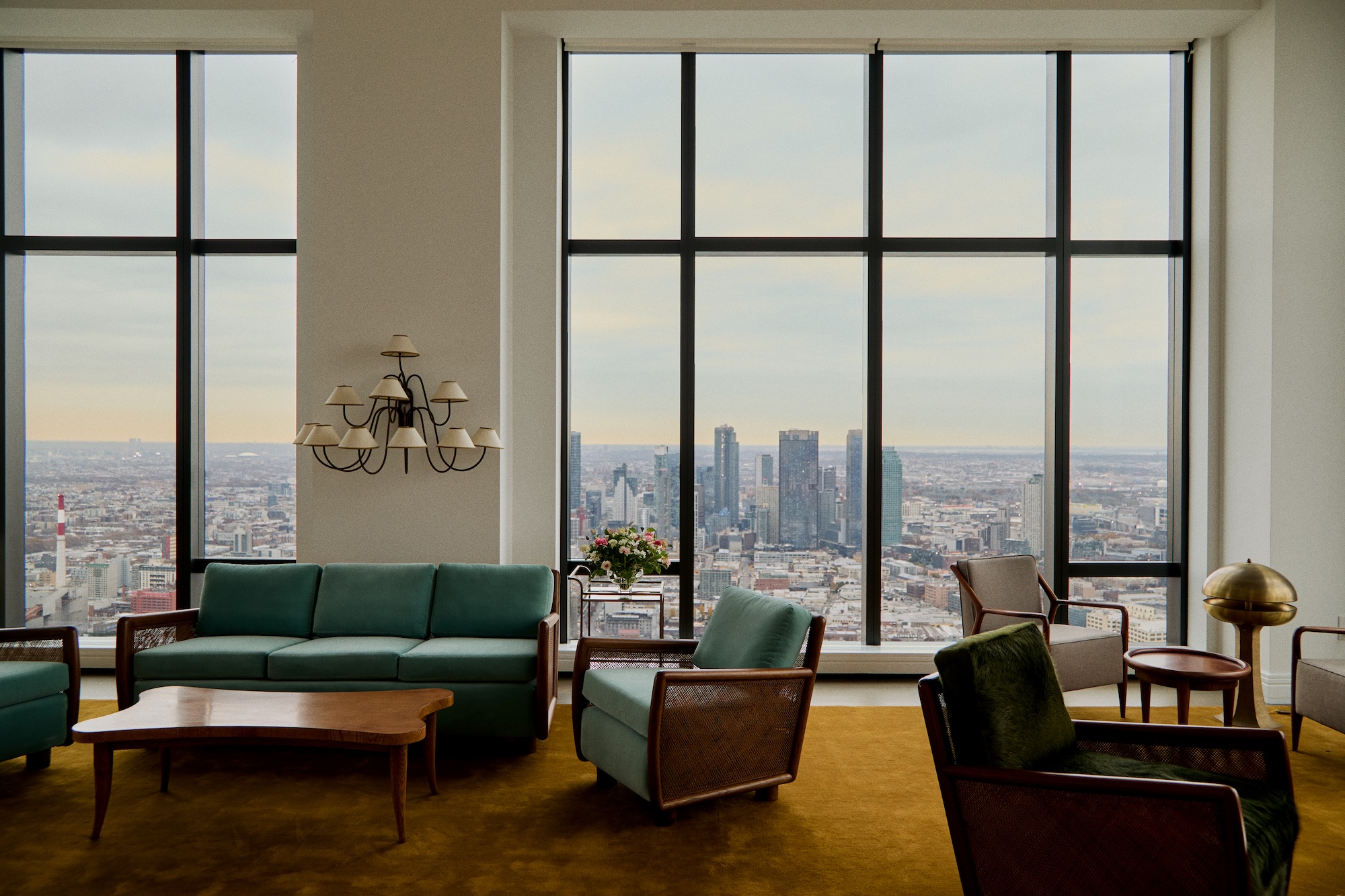 A breathtaking exhibition celebrating modernism’s transatlantic ties soars above Manhattan
A breathtaking exhibition celebrating modernism’s transatlantic ties soars above ManhattanCurated by interior designer Andre Mellone, 'Crossed Trajectories' at Galerie Gabriel's penthouse explores connections between nomadic post-war creatives Jean Royère, Roberto Platé and more
-
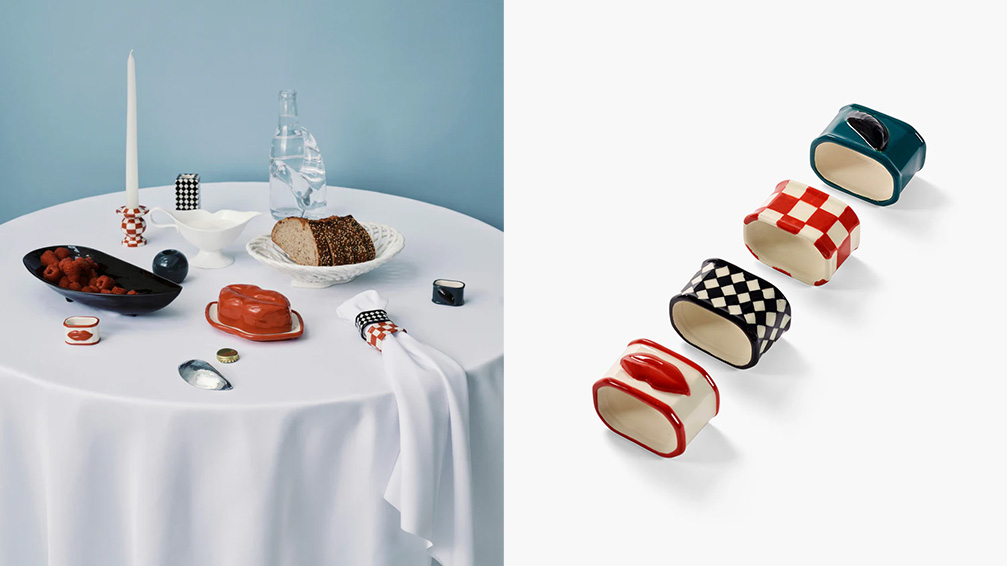 Sculptural, design-led napkin rings for festive tables
Sculptural, design-led napkin rings for festive tablesThe simple napkin ring harbours the potential to bring a stylish punch of personality to any table setting
-
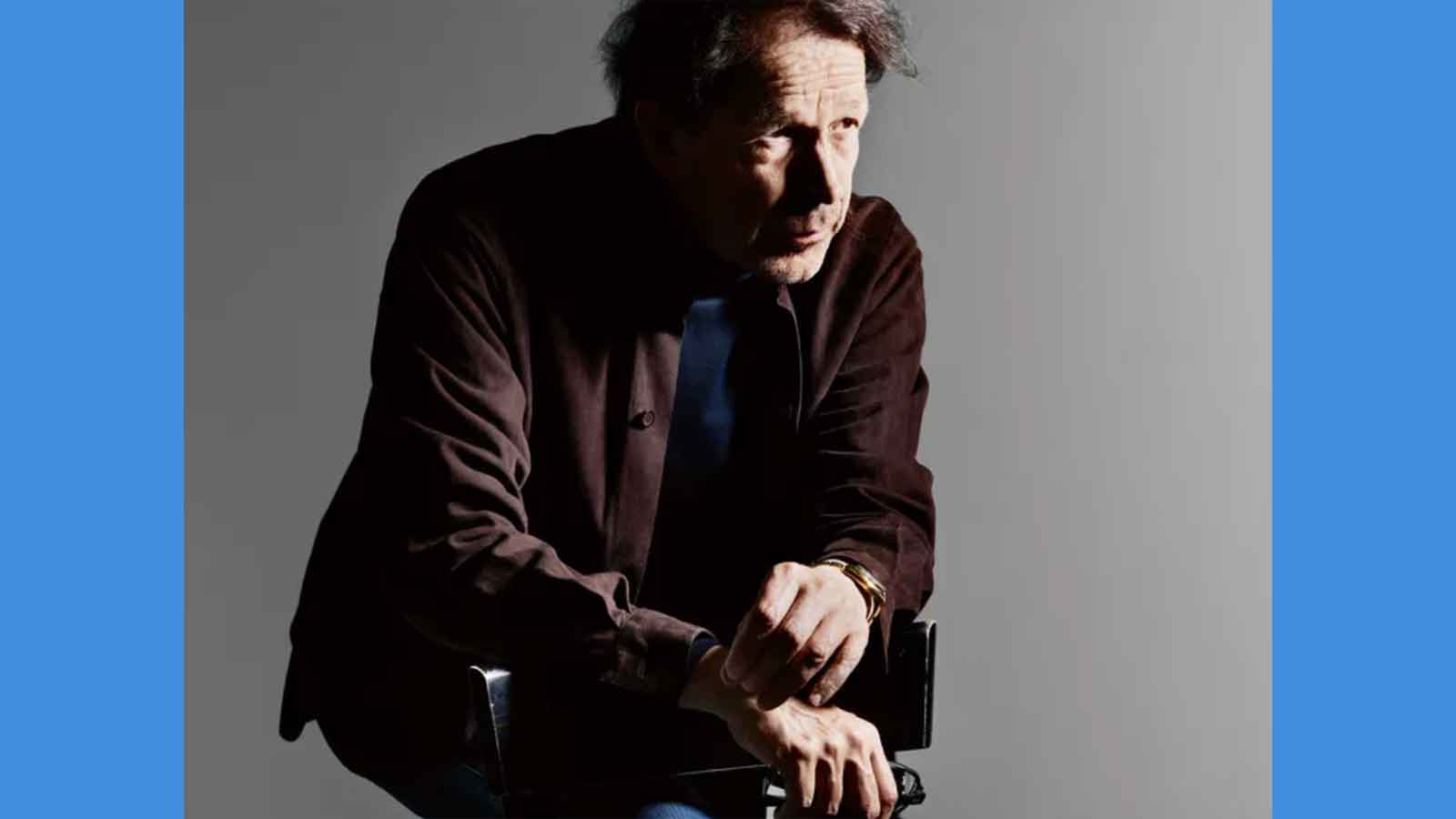 How Peter Saville came to art direct the best of contemporary culture
How Peter Saville came to art direct the best of contemporary cultureFrom Peter Saville's first steps with Factory Records and legendary album designs to his later work in art and fashion: we chart the history of the British art director
-
 Out of office: The Wallpaper* editors’ picks of the week
Out of office: The Wallpaper* editors’ picks of the weekIt’s been a week of escapism: daydreams of Ghana sparked by lively local projects, glimpses of Tokyo on nostalgic film rolls, and a charming foray into the heart of Christmas as the festive season kicks off in earnest
-
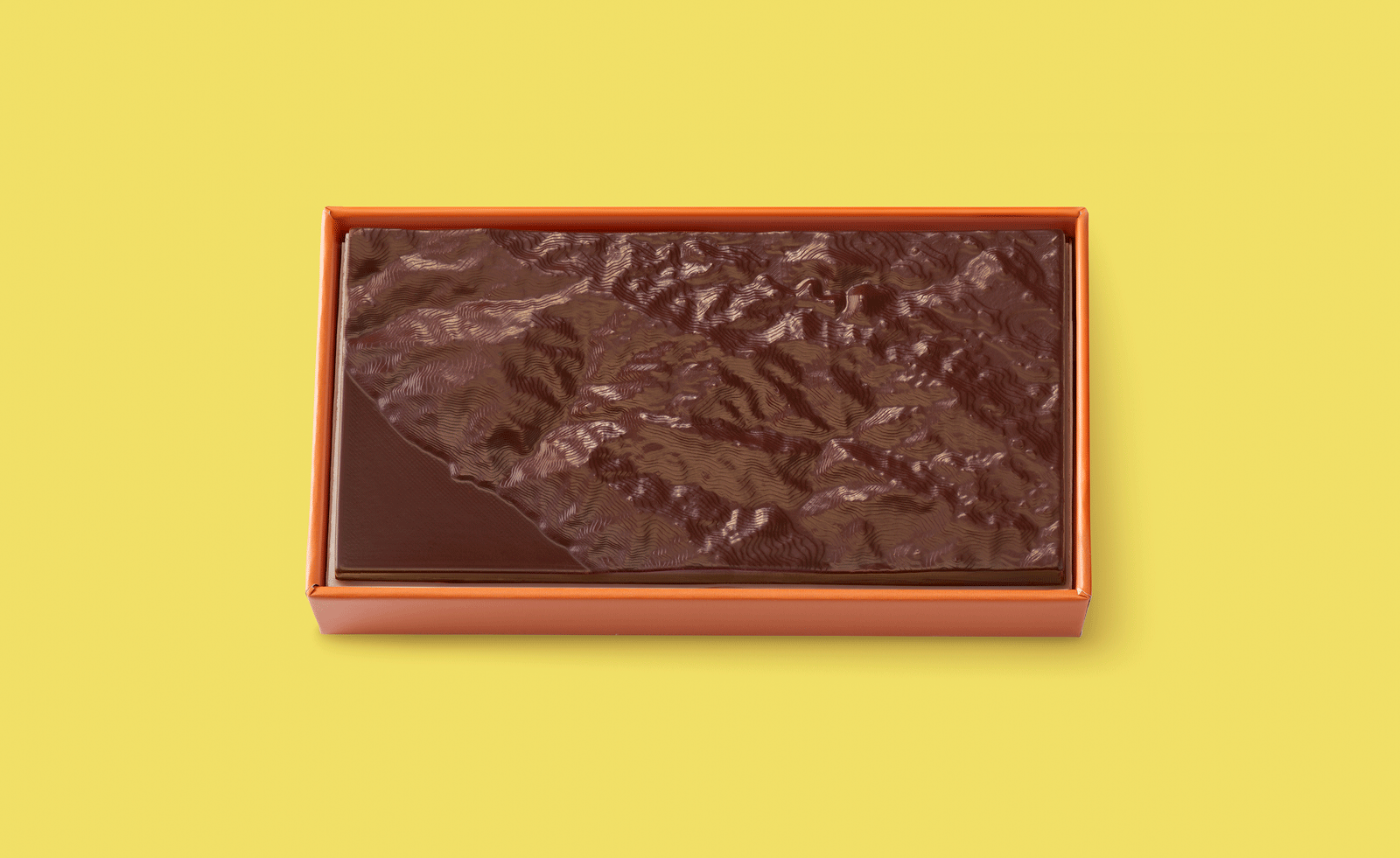 Ed Ruscha’s foray into chocolate is sweet, smart and very American
Ed Ruscha’s foray into chocolate is sweet, smart and very AmericanArt and chocolate combine deliciously in ‘Made in California’, a project from the artist with andSons Chocolatiers
-
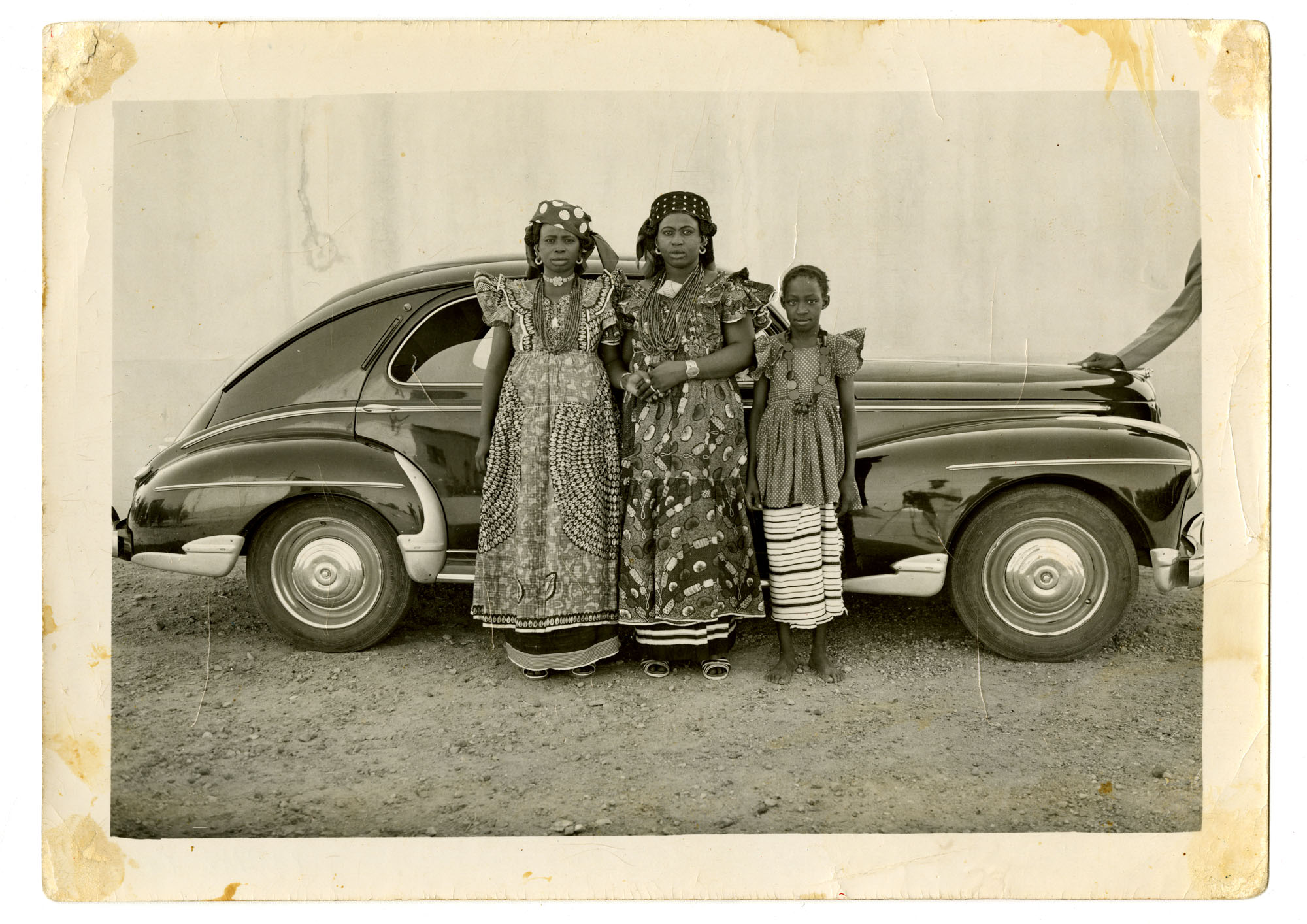 Inside the work of photographer Seydou Keïta, who captured portraits across West Africa
Inside the work of photographer Seydou Keïta, who captured portraits across West Africa‘Seydou Keïta: A Tactile Lens’, an exhibition at the Brooklyn Museum, New York, celebrates the 20th-century photographer
-
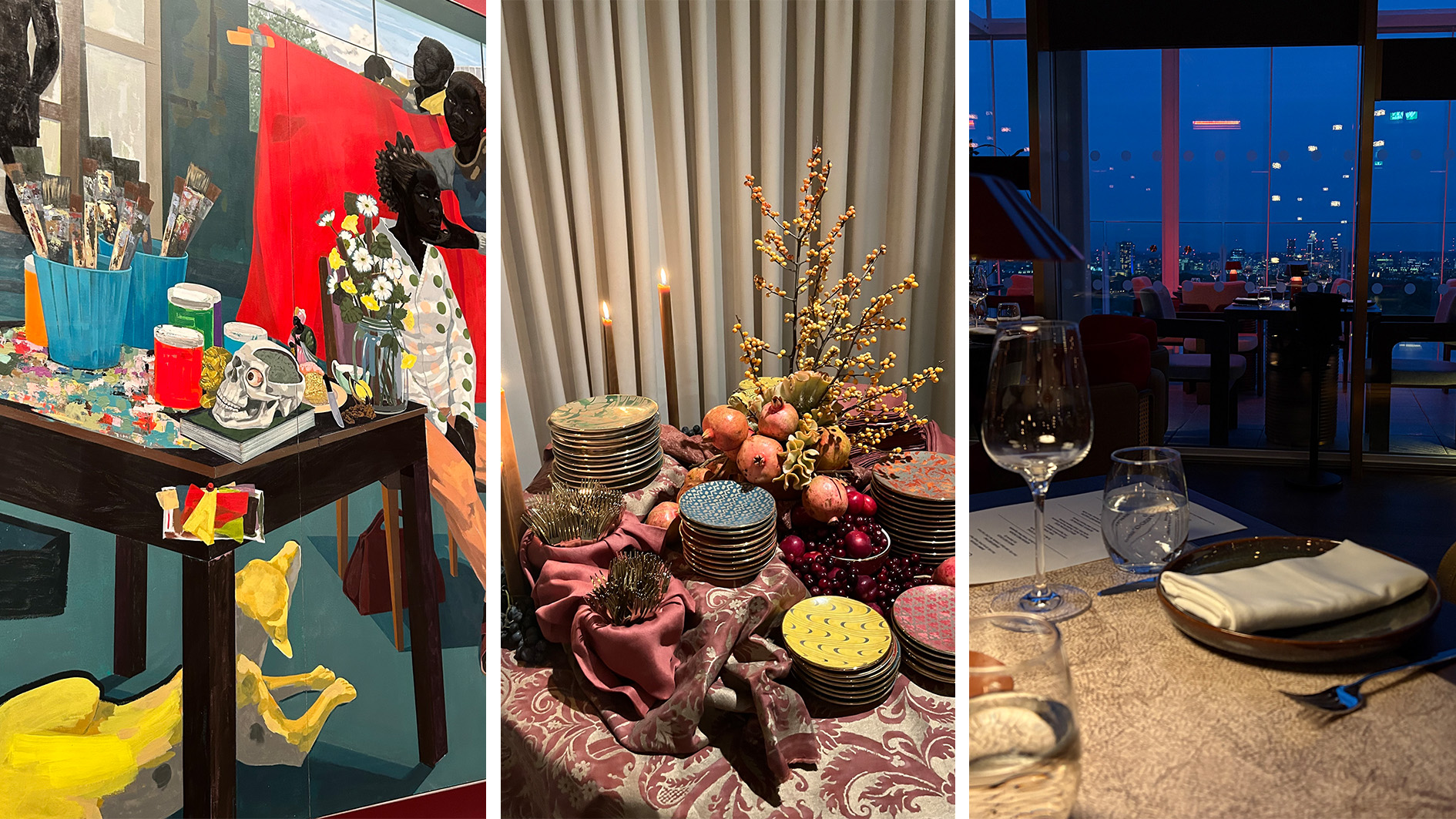 Out of office: The Wallpaper* editors’ picks of the week
Out of office: The Wallpaper* editors’ picks of the weekFrom sumo wrestling to Singaporean fare, medieval manuscripts to magnetic exhibitions, the Wallpaper* team have traversed the length and breadth of culture in the capital this week
-
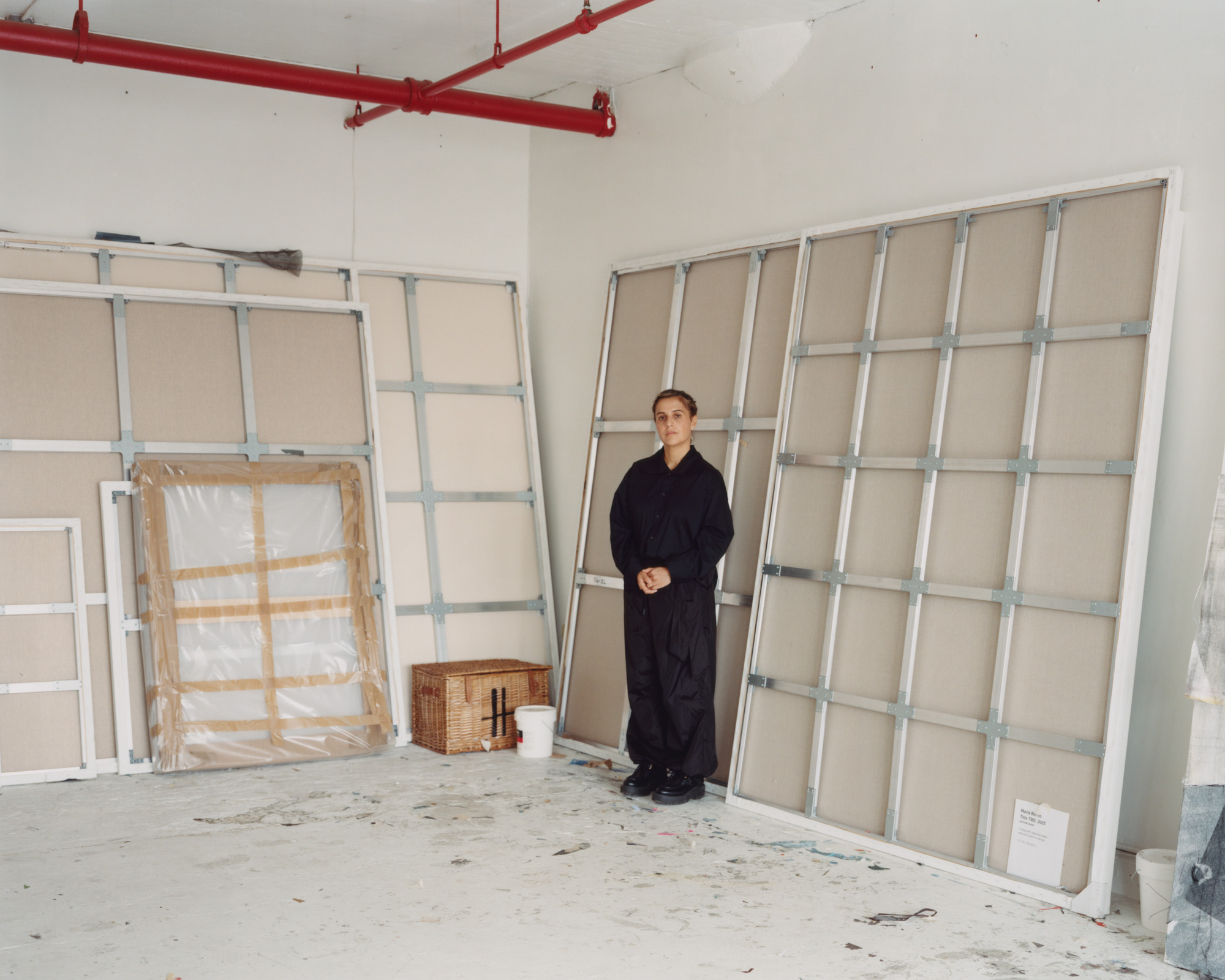 María Berrío creates fantastical worlds from Japanese-paper collages in New York
María Berrío creates fantastical worlds from Japanese-paper collages in New YorkNew York-based Colombian artist María Berrío explores a love of folklore and myth in delicate and colourful works on paper
-
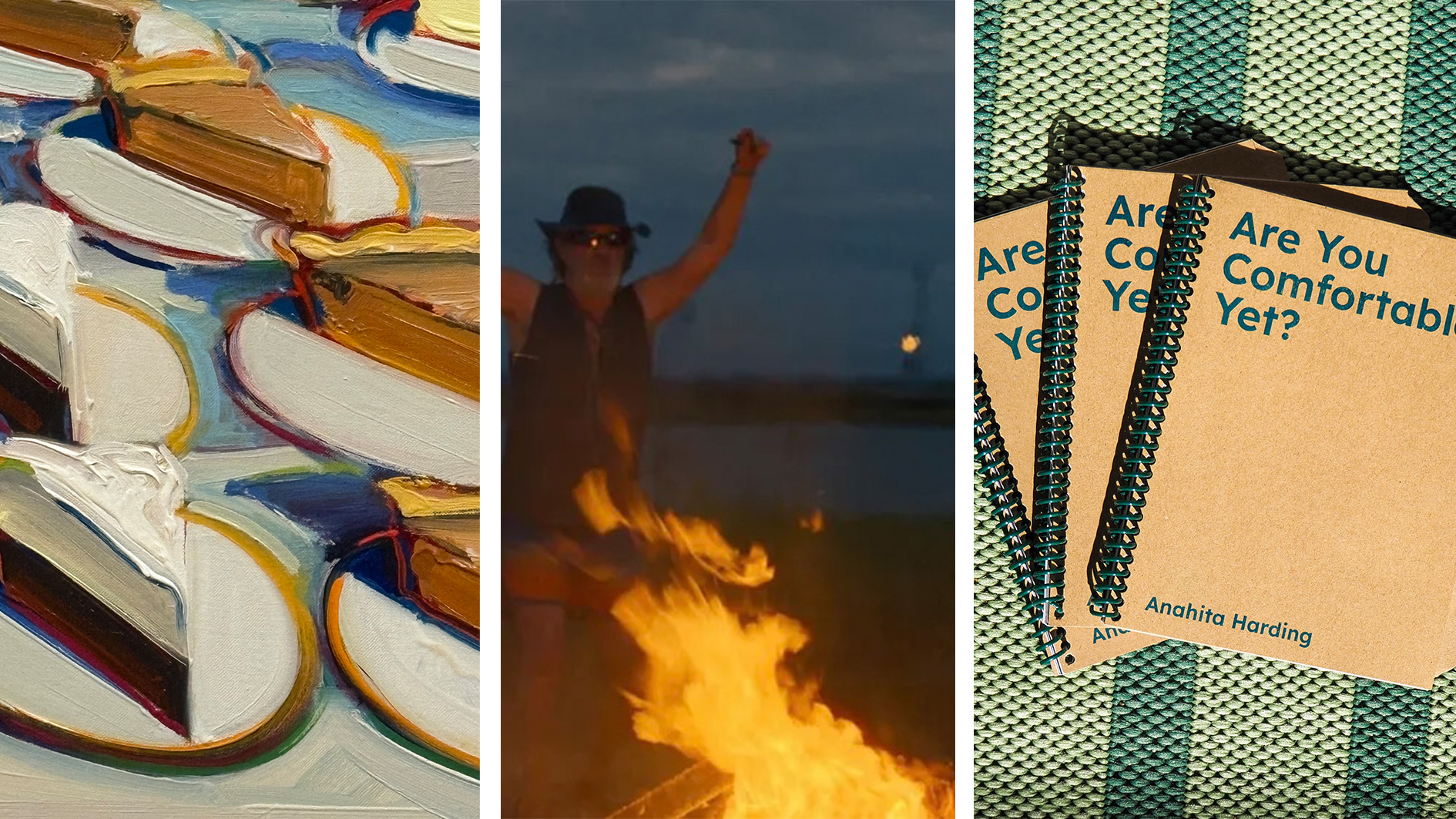 Out of office: the Wallpaper* editors’ picks of the week
Out of office: the Wallpaper* editors’ picks of the weekAs we approach Frieze, our editors have been trawling the capital's galleries. Elsewhere: a 'Wineglass' marathon, a must-see film, and a visit to a science museum
-
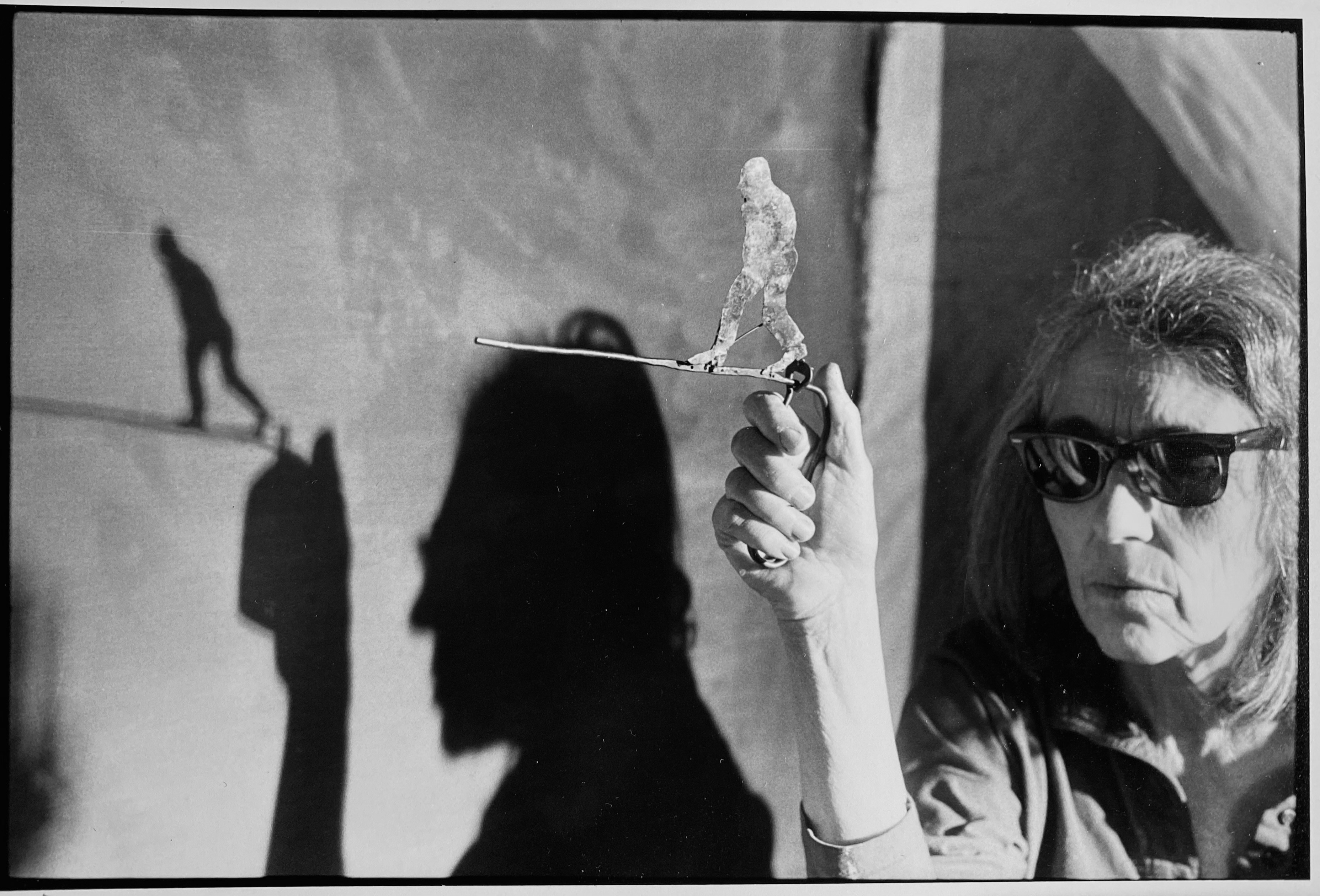 June Leaf’s New York survey captures a life in motion
June Leaf’s New York survey captures a life in motionJune Leaf made art in many forms for over seven decades, with an unstoppable energy and fierce appetite leading her to rationalise life in her own terms.
-
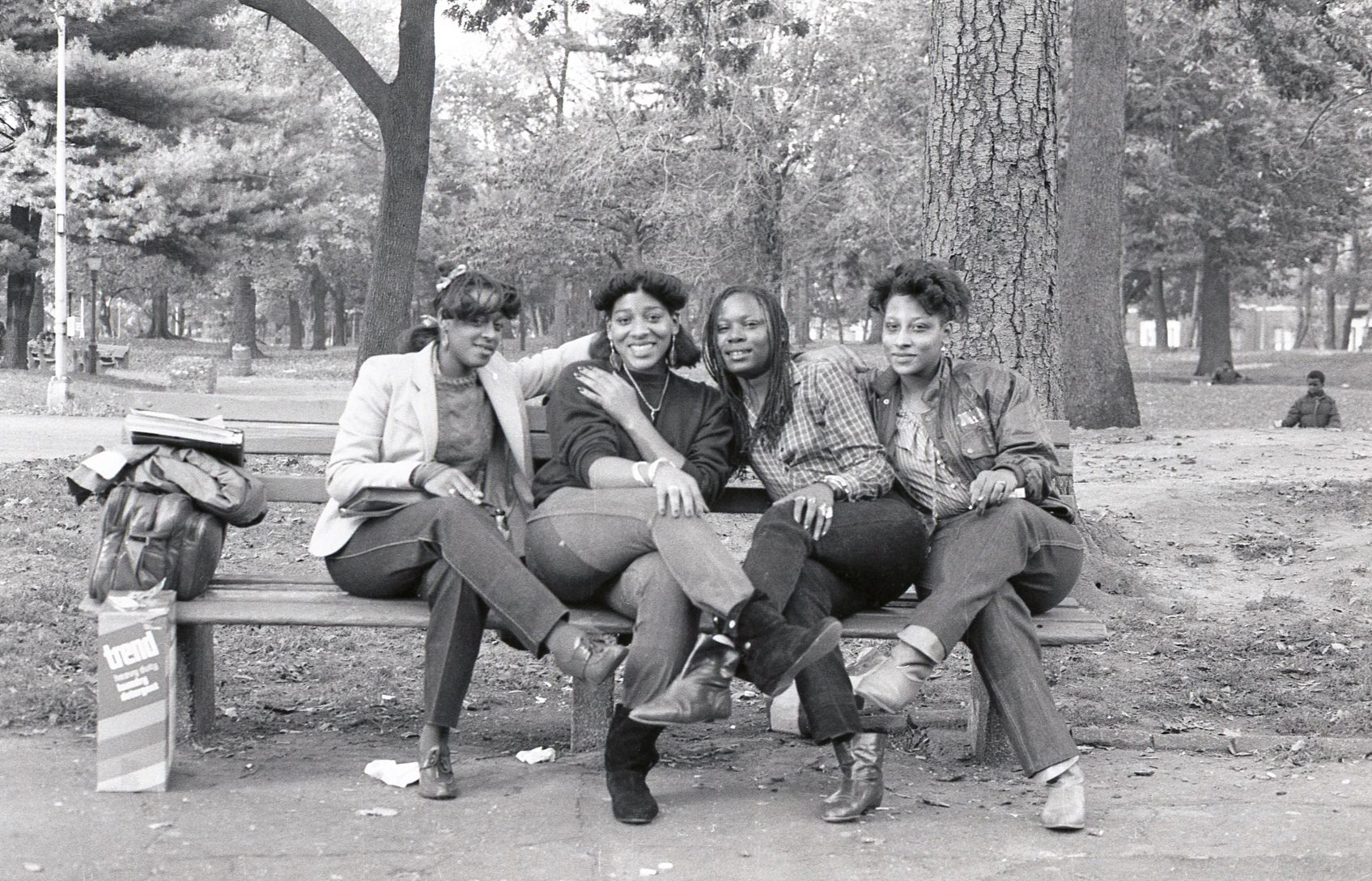 Jamel Shabazz’s photographs are a love letter to Prospect Park
Jamel Shabazz’s photographs are a love letter to Prospect ParkIn a new book, ‘Prospect Park: Photographs of a Brooklyn Oasis, 1980 to 2025’, Jamel Shabazz discovers a warmer side of human nature